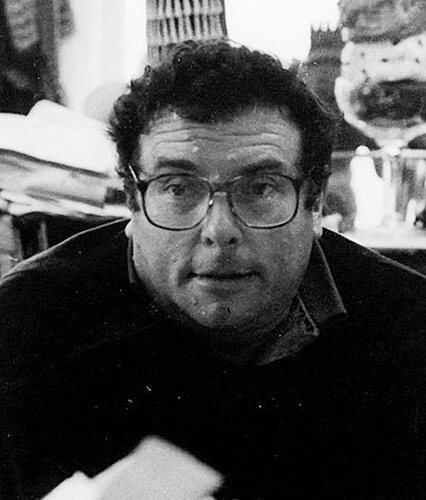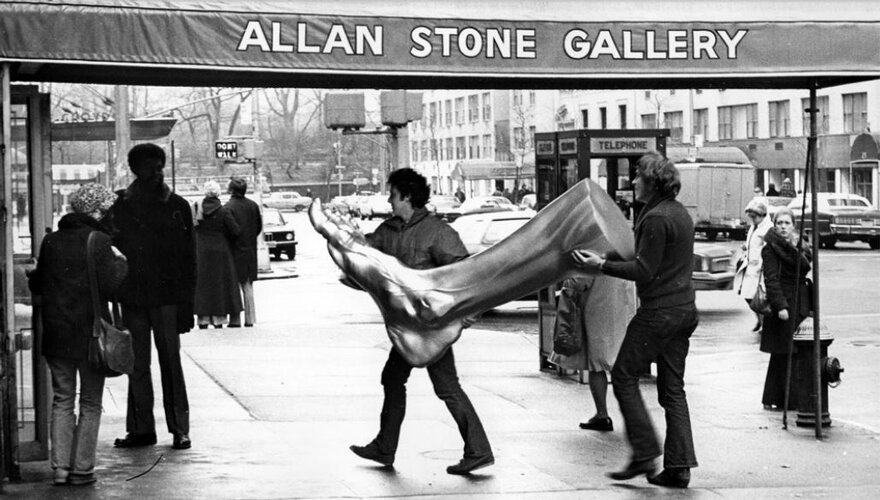210
210
metal and wood 12¾ h × 10 w × 2¼ d in (32 × 25 × 6 cm)
estimate: $700–900
result: $500
follow artist
provenance: The Artist | Allan Stone Gallery, New York


Founded in 1960 by art dealer Allan Stone (1932–2006), the New York gallery known today as Allan Stone Projects has been admired for over half a century. Celebrated for its eclectic approach and early advocacy of pivotal artists of the 20th century, Allan Stone Gallery was a leading authority on Abstract Expressionism, the New York dealer for Wayne Thiebaud for over forty years, and showed the works of Willem de Kooning, Franz Kline, Arshile Gorky, Joseph Cornell, John Graham and John Chamberlain. Stone also promoted the work of a younger generation of artists that were in conversation with other artists in his collection, working in the mediums of assemblage, collage and new modes of abstraction. In addition to modern masterworks and contemporary art, Allan Stone also collected and exhibited international folk art, Americana and important decorative arts and industrial design.
Barry Cohen 1934–1990
Barry Cohen lived and worked in Greenwich Village. He received his BFA from Syracuse University in 1956 and his MFA from Yale University in 1960. He held teaching positions at Yale University from 1958-61, Silvermine College of Fine Arts in New Canaan, CT, from 1961 to 1964, and the School of Visual Arts, New York, from 1963 - 1971. Cohen was honored with a placement in the prestigious Yale Norfolk Summer Art School, as well as fellowships at the Pine Brook School of Fine Arts and Colorado Springs Fine Art Center, teaching fellowships at the Art Students League and Yale University, and the Augusta Hazard Traveling Fellowship from Syracuse University. Cohen had six solo exhibitions with Allan Stone Gallery, and his work is in numerous prestigious collections, including the Museum of Modern Art, American Folk Art Museum, New York Public Library, Chrysler Museum and Yale University Art Gallery. The artist died in New York, in 1990, at the age of 55.
Distinguished by his acute sensibility for bygone times, charging the day’s flotsam and jetsam with an elevated poignancy, Barry Cohen was an unorthodox master of Assemblage. His handmade craft recalls an era when bespoke clothing was common and less than forty stars shown on the United States flag. Creating box assemblages that combined American Folk Art with utilitarian objects and ephemera, Cohen produces new and unexpected juxtapositions that often appear strange and unfamiliar to our modern eyes. With a similar methodology to Joseph Cornell, Cohen eschewed his elements of fantasy and decoration for works that wish to engage in a social commentary. Like Rauschenberg and his Combines as well as Pop Art of the 1960s, Cohen utilizes household wares - wooden trays or boxes, metal racks, instrument cases, toy soldiers, baking molds, bells, pincushions - as grist for art that relishes in an earlier and more folkloric culture.
Auction Results Barry Cohen